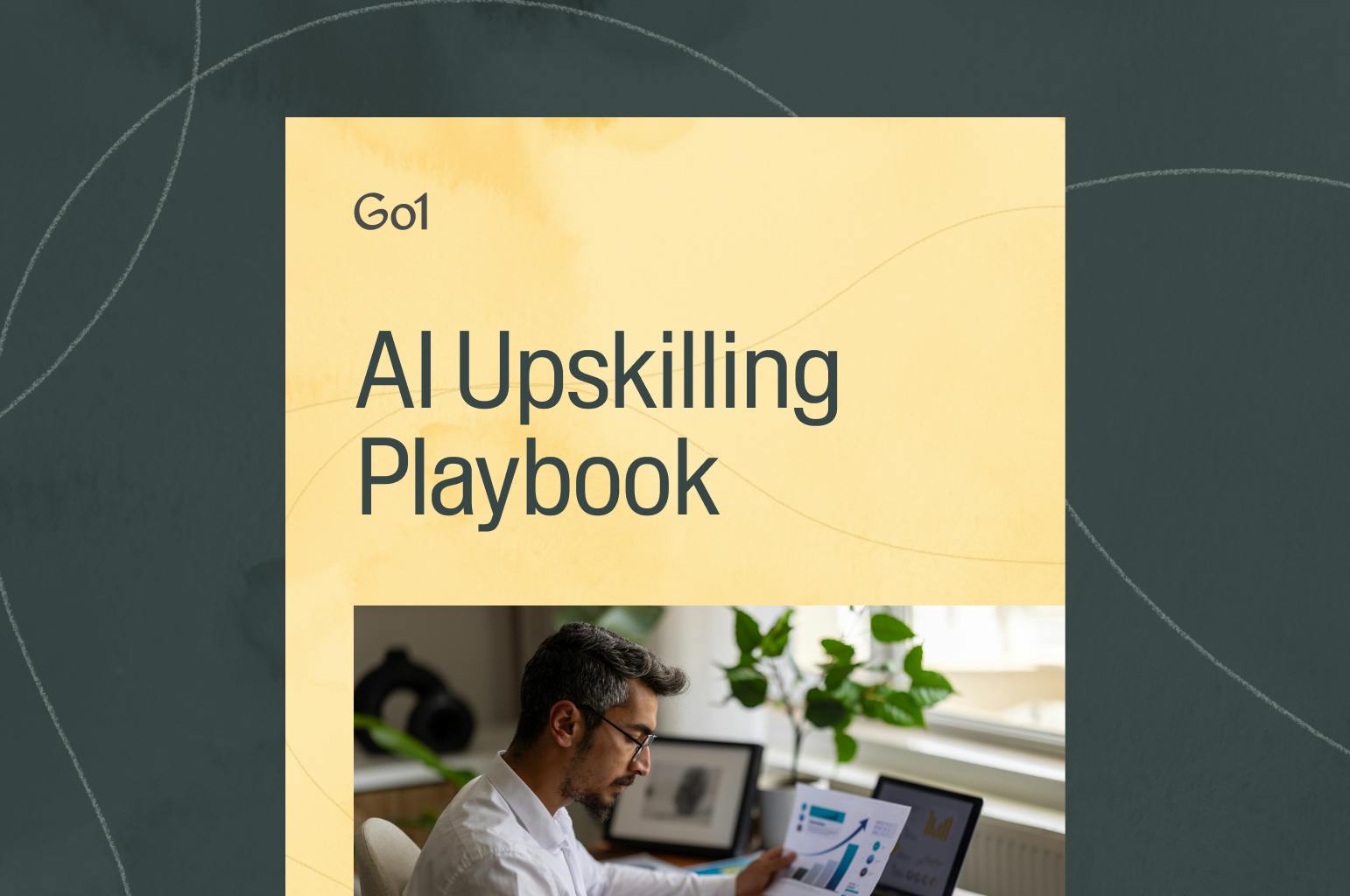How technology is reshaping the way we learn

To build learning strategies that resonate today, we need to understand how learning itself is evolving. Technology hasn’t just changed the tools we use—it’s rewired the process of learning altogether.
Whether you’re designing compliance training or upskilling programs, understanding this shift helps L&D leaders meet learners where they are. Below, we explore how technology is influencing attention, memory, and information processing, and what this means for the future of learning.
Information overload or content filtering?
You’ve likely heard that Gen Z has an eight-second attention span. That stat may be true, but it’s also misleading.
What’s actually happening is more sophisticated: Gen Z has developed powerful “content filters.” Growing up with instant access to endless information has taught them to rapidly assess what’s relevant and what’s not. Rather than zoning out, they’re zoning in—fast.
The implication for L&D leaders is clear: modern learning must earn attention quickly and prove its relevance instantly. That means designing content that’s engaging, mobile-friendly, and adaptable to diverse learner needs.
The rise of the 'external brain'
We’re also outsourcing memory. Instead of storing information in our minds, we rely on phones, search engines, and cloud tools as our “external brain.”
This shift is part of what researchers call “transactive memory,” where we outsource certain cognitive tasks to let technology handle recall. Studies show we remember less when we know something is saved digitally, and even the format we learn in matters: tactile experiences, like reading a paperback, support memory better than digital alternatives. And while some see this as a loss, others see an opportunity.
For L&D, this means we can design learning that complements—not competes with—our external tools. That might look like microlearning modules accessible in the flow of work, or smart search capabilities that help learners find what they need, when they need it.
Modern learning must earn attention quickly and prove its relevance instantly.
Neuroplasticity and learning on demand
Our brains are more adaptable than ever—because they have to be. Studies show that regular technology use (like internet browsing or video gaming) can increase activity in regions linked to memory, planning, and fine motor skills.
This is good news. It suggests that digital learning isn’t just a workaround—it can actively support brain development when it’s well-designed.
So how do we build on that? By offering content that’s interactive, scenario-based, and personalized. Learning that responds to how learners already think and work.
Practical takeaways for L&D leaders
Technology has reshaped learning at every level—from what grabs our attention to how we encode and recall information. As L&D leaders, it’s time to meet learners in this new reality. Here’s how:
- Design for filters, not just focus. Assume your learners will scan before they engage. Use clear headings, bite-sized content, and intuitive navigation to help them decide what’s worth their time.
- Leverage the external brain. Don’t fight it. Make it easier for employees to find and revisit what they need. Searchable content libraries, knowledge hubs, and seamless integrations are key.
- Support continuous adaptation. Your learners are rewiring their brains every day. Help them do it intentionally with dynamic, interactive learning experiences that mirror real-world problem solving.
- Prioritize personalization. One-size-fits-all doesn’t work anymore. Use data, AI tools, or curated pathways to tailor content to individual needs.
Ready to evolve your learning strategy?
These changes in how we learn offer a chance to design smarter learning that truly connects. At Go1, we help L&D teams adapt with one seamless subscription that puts essential training content—compliance, soft skills, leadership, and more—at your fingertips.
No more content overload. No more endless searching. Just the right learning, in the right moment.
See how Go1 can help your team stay ahead.
Related Articles

Application Guide: How to use the Go1 AI for L&D Maturity Assessment to assess our workforce AI capability

AI upskilling made clear: A practical guide to building an AI-ready workforce

Go1 welcomes PepTalk

5 Data-Backed Insights Shaping the Future of AI in Workplace Learning

Train smarter, spend less
Train smarter,spend less
Connect with a Go1 expert to explore the best training options for your organization—no pressure, just solutions that work.